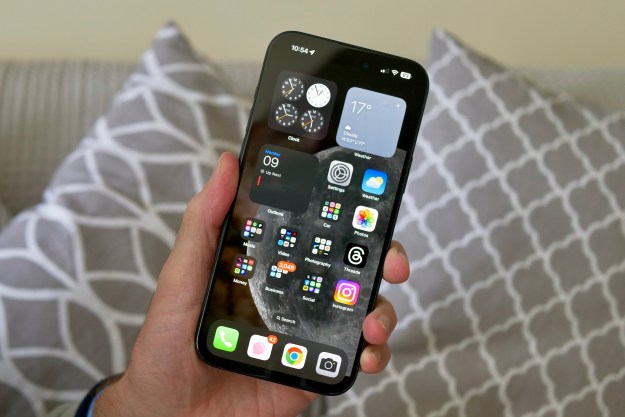A new report from market-watcher Flurry Analytics finds that while Nintendo is still the dominant player in the portable gaming market, its marketshare is being rapidly eroded by the growing popularity of Android and Apple’s iOS platform. According to Flurry, sales of Android and iOS games now account for 34 percent of the portable gaming market—and much of that growth comes at the expense of Sony’s PSP and (to a much greater extend) Nintendo’s portable gaming platforms.

Flurry found that in 2009, iOS devices—which, at that point, basically meant the iPhone and the iPod touch—accounted for 19 percent of the portable caming market. In comparison, the PlayStation Portable accounted for 11 percent of the market, and Nintendo’s DS platform accounted for 70 percent. A year later—and that’s a year that saw the launch of the iPad and the rise of Android—the PlayStation Portable accounts for 9 percent of the market, while the Nintendo DS platform has seen its share shink to 57 percent. Overall, sales of iOS and Android games grew by 60 percent between 2009 and 2010—and Flurry expects that trend to continue in 2011.
One irony of smartphones’ and smart-devices encroachment on the portable gaming market is that the overall revenue generated in portable gaming dropped from 2009 to 2010—$2.7 billion compared to $2.4 billion, respectively. Flurry and other industry watchers attribute the decline in overall portable game revenue to the onslaught of free and low-cost games available for Android and iOS: where Nintendo and PSP users are accustomed to spending upwards of $25 for a single game title, iOS and Android gamers are coming of age in an era of readily available free and $1 games—although, to be sure, a number of high-end game developers are peddling more expensive wares for both platforms.
Flurry obtains its usage data by aggregating publicly available market data with information gathered from its own mobile analytics service, which the company says tracks more than 80,000 applications and more than 12 billion sessions per month. The company says almost 40 percent of all the consumer app sessions it tracks take place on games.
Editors' Recommendations
- An Apple insider just revealed how iOS 18’s AI features will work
- Here’s how Apple could change your iPhone forever
- How to use iMessage on an Android phone or tablet
- The 10 best photo editing apps for Android and iOS in 2024
- This one thing could make iOS 18 the best iPhone update in years


